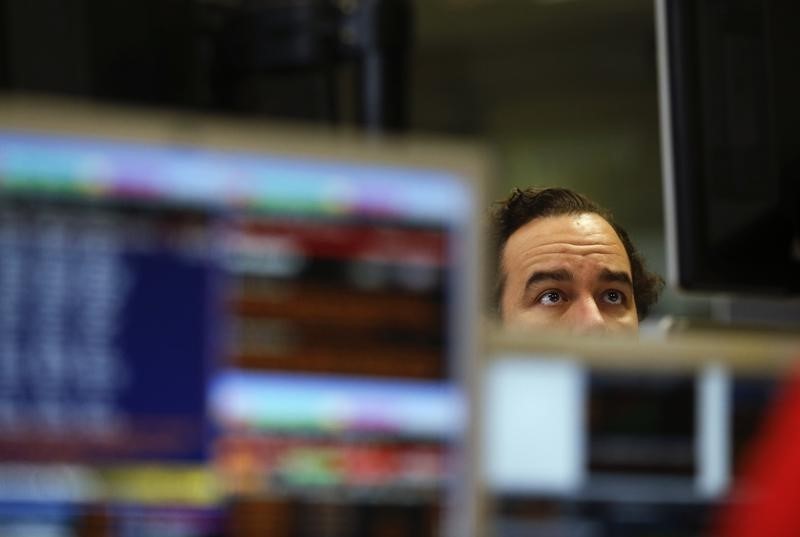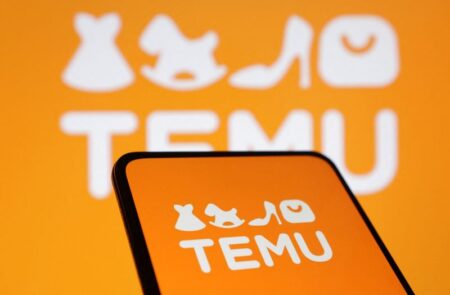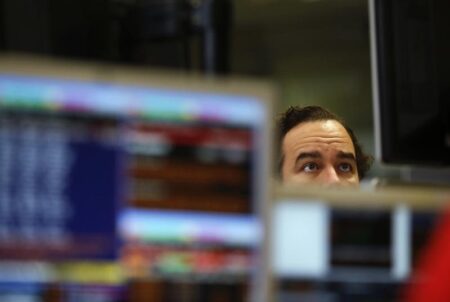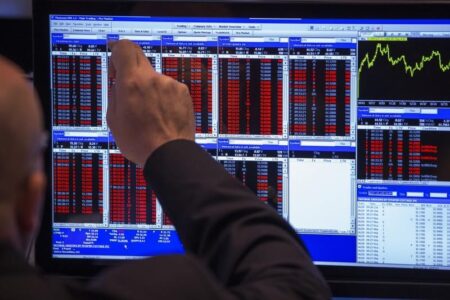By Arriana McLymore
NEW YORK (Reuters) – Shein’s vast array of $5 shirts, $20 dresses and $15 shoes could face more trademark scrutiny under a new EU rule that tightens oversight on intellectual property rights.
Shein, a China-founded e-commerce giant, is pushing toward a London IPO. The EU’s digital rules that take effect at the end of August will require Shein to prevent product listings that violate intellectual property rights and to prevent it from listing or selling counterfeits to its 108 million monthly active users in the region.
Shein has faced more than 90 lawsuits alleging that it plagiarized others’ designs or products, according to U.S. documents seen by Reuters. Sixteen attorneys general in the U.S. also have cited Shein as “often blurring the lines of intellectual property and copyright” in an August letter asking the Securities and Exchange Commission to require independent audits before Shein could be allowed to go public.
HOW DOES SHEIN DESIGN PRODUCTS?
Shein’s business, according to analysts and investors, is to tap a network of largely China-based suppliers, which buck traditional manufacturing trends by accepting small initial orders and scale up based on demand. Most of the clothing Shein sells is made in Guangzhou, China, by its 5,400 suppliers.
Peter Pernot-Day, Shein’s head of strategic and corporate affairs in North America and Europe, said on Thursday during an e-commerce conference that the company’s speed of design and agile approach to production has given it a competitive advantage over other global retailers.
In-house staff, outside artists and third-party suppliers from around the world create their own merchandise designs for Shein, according to a company spokesperson.
Pernot-Day said Shein’s design process is “often misunderstood as like an AI-based system,” referring to artificial intelligence, and use “200 to 250” in-house designers per product category.
The in-house team uploads designs into a merchant management system, which assigns “materials, inputs, different types of fabrics” to suppliers for production, Pernot-Day said.
WHY HAS SHEIN BEEN ACCUSED OF COPYING OTHERS’ DESIGNS?
Shein’s design practices for years have been under fire by plaintiff lawyers who say that Shein has a pattern of copying others’ designs.
“What really stands out about Shein is the scope and the number of infringing styles that they’ve marketed and sold over the years,” said Scott Burrough, an attorney who has sued Shein for infringement multiple times on behalf of graphic designers and digital artists.
Shein denies that it plagiarizes the designs or products of others. Its suppliers and third-party sellers must certify to Shein that their merchandise does not infringe on other brands, it says. Third-party seller products are offered on Shein’s marketplace and feature products outside of Shein’s owned brands.
Shein’s system gives suppliers “real-time” updates on sales and trending merchandise to anticipate future orders and demand.
HOW DOES SHEIN CURRENTLY SPOT COUNTERFEITS?
Shein said it is committed to complying with the EU’s Digital Services Act. The company did not specify any updates it has made to its operations since April, when the EU announced guidelines for Shein as a “very large online platform.”
Shein said on June 4 that since 2020, it has used artificial intelligence to spot potential infringement on product postings. From 2021 to 2023, Shein reported a double-digit percentage decline in infringement claims, the Shein spokesperson added.
“The technology scans images of new products against our proprietary and privileged IP library, which contains banned products and elements,” a Shein spokesperson said. “We have also incorporated AI into other databases to enhance our detection of potential infringement.” Shein declined to provide specifics on the databases.
Shein uses a two-part screening process to prevent infringement, a Shein lawyer said during a 2021 court hearing, where the company was accused of copying designs from bathing suit-maker HVN.
Shein’s screening process includes manual and digital components where human moderators check designs and prints for logos, registered trademark symbols and brand names, the Shein attorney said.
Although Shein did not state how the company developed the design for a similar fruit-covered bathing suit, its lawyer said its infringement screening process “failed to catch the products that had the HVN word mark” because the originator’s bathing suits did “not use the circle R to provide notice of the registered trademark.”
Read the full article here
















